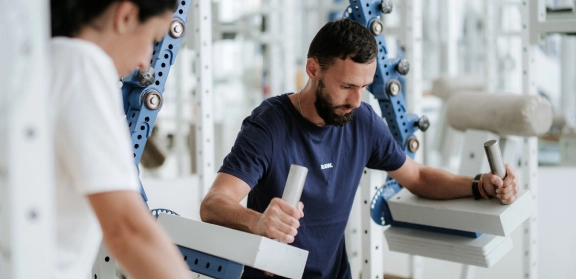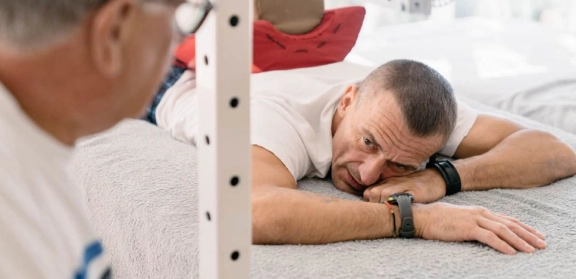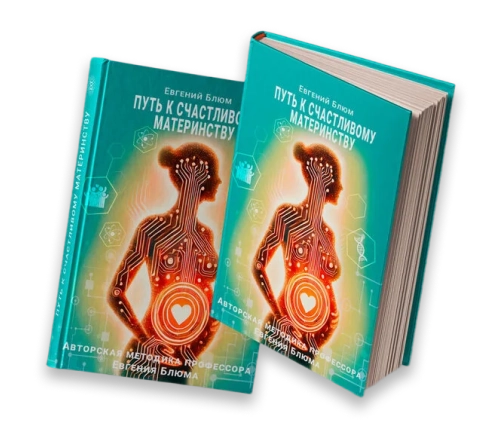Pediatric Myopathy Treatment & Management Programs
Our medical strategy
Professor Blum's approach is radically different from all existing ones in that it focuses on the restoration of connective tissue, which is the foundation of our body and makes up about 90% of all tissues. Consistent, precise, and targeted influence on the connective tissue matrix, in which muscle and nerve cells are embedded, allows for the recovery of their lost functions.
The more accurate and diverse the impact on connective tissue, the more optimal the restoration of its functions: exoskeletal and endoskeletal, morphogenetic and form-shaping, homeostatic, informational-integrative, and energetic.
Features of Treatment for Patients with Myopathy
Our Centre receives patients with various types of myopathies, all characterised by progressive development, muscle weakness, and structural abnormalities in muscle tissue. A significant group consists of hereditary myopathies:
- Duchenne muscular dystrophy
- Juvenile Erb myopathy
- Facioscapulohumeral Muscular Dystrophy
- Pompe disease
- Charcot-Marie-Tooth disease
- Miyoshi distal myopathy
- Distal myopathy with rimmed vacuoles (DMRV)
And also secondary myopathies: inflammatory, infectious, drug-induced, toxic, and metabolic.
General description of the problem
Myopathies are a group of complex, severe diseases characterised by various metabolic and structural disorders in muscle tissue, leading to a decrease in the strength of the affected muscles and a limitation of motor activity.
Muscular dystrophy occurs due to disruptions in biochemical processes within the muscle fibers: changes occur in the synthesis of nucleic acids, protein breakdown accelerates, creatine phosphokinase levels increase, and ATP levels decrease. Another theory suggests the "defective membranes" hypothesis, where some scientists believe that muscle fibers lose enzymes and amino acids due to so-called "defects" in cellular structures.
Myopathies belong to a group of disabling neuromuscular diseases characterised by dystrophic damage to muscle tissue with atrophy of individual fibers. Atrophied myofibrils are replaced by connective or fatty tissue, leading to the loss of muscle function—specifically the ability to contract. This results in the appearance of key symptoms such as progressive muscle weakness, muscle atrophy, reduced muscle tone, limited motor activity, and a decrease in the contractile function of the myocardium and respiratory muscles.
-
Restoring the functions of connective tissue as the structural foundation of the body
-
Recovering lost muscle and nerve functions through targeted impact on the surrounding connective matrix
-
Strengthening the body's exoskeletal and endoskeletal support systems
-
Reestablishing body shape and structural balance through morphogenetic and form-building mechanisms
-
Normalizing internal processes — homeostasis, information transmission, and energy distribution
Objectives of the program
-
Optimisation of vital organs and systemsOptimisation of vital organs and systems: the heart, lungs, and intestines, to ensure a high level of metabolism and the necessary energy resources for recovery.
-
Restoration of support functionsRestoration of support functions, ensuring stable vertical alignment by engaging deep muscle layers and postural muscles, from the bones to the surface of the body, as biomechanically, recovery begins from the depths.
-
Restoration of motor functionsRestoration of motor functions in ontogenetic sequence: holding the head, then supporting oneself on the hands, followed by rolling over, sitting, crawling, standing with support, moving freely along the support, and only then progressing to learning independent walking skills.
Proprietary methodology
Professor Blum's Centre uses patented rehabilitation equipment that offers unprecedented adaptability: there is not a single body segment or muscle group that we cannot target. The physical impact is applied with exquisite precision, within a specified intensity range, with the necessary angle of acceleration, and dozens of other controlled parameters. This leads to a planned response even from the weakest muscular and fascial structures, ensuring the ability to address a wide range of rehabilitation tasks for patients with various forms of myopathy.
The successful restoration of functional performance and structural integrity of the neuromuscular system, locomotor system, and the body as a whole is achieved through the method's ability to target weak links with unique biomechanical precision.
This restores tissue structure and function to connective tissue and the muscle cells embedded in it. Professor Blum's patented rehabilitation modular exercise machines ensure constant control of movement range and specific muscle responses, guaranteeing safety, maintaining consistency and predictability of results, and eliminating any overloads, which is especially important for patients with myopathy.
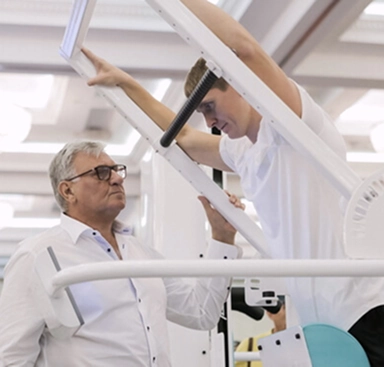
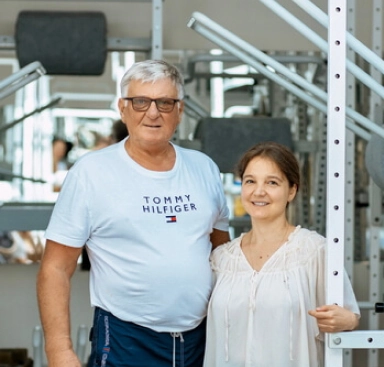
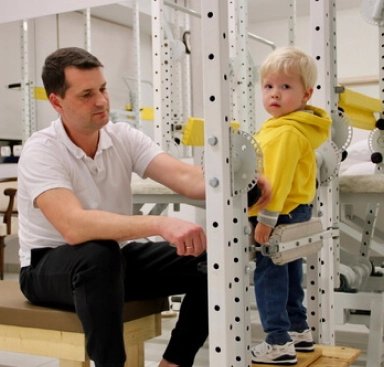
Patient stories
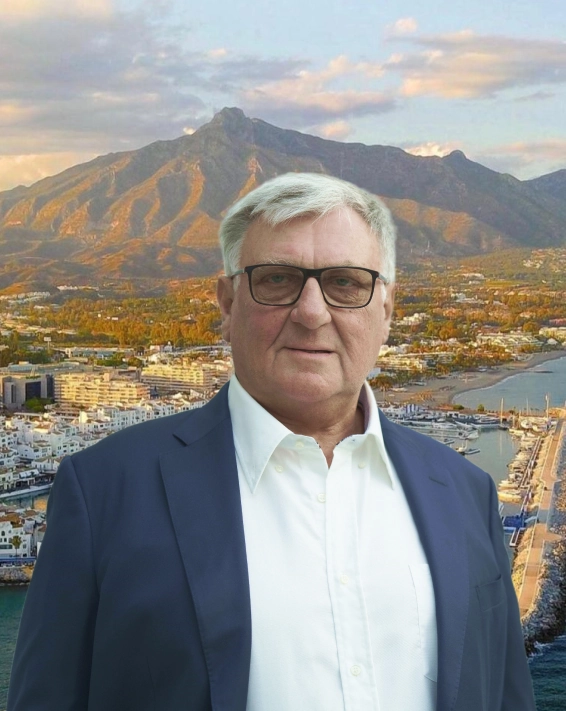
Professor Blum’s Exclusive Rehabilitation System

The center is located in a picturesque corner of the renowned resort town of Marbella, surrounded by cedar trees at the foot of La Concha mountain. Here, science and technology blend with nature, creating a space where the body returns to balance and harmony.
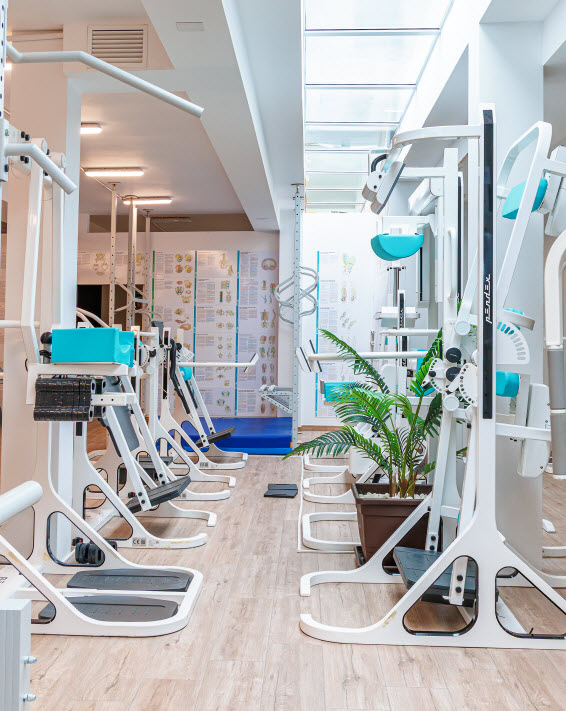
Technologies that deliver results
Select a program
- Personalized Health Recovery Programs
- Disease Prevention
- Customized Check-Up
Q&A
With prolonged use of hormones, serious complications can develop:
Steroid-induced osteoporosis – bone density decreases, bones deteriorate, and fractures occur.
Obesity – under the influence of corticosteroids, proteins are converted into carbohydrates, which then turn into fats. Combined with limited physical activity, this leads to obesity.
Diabetes – carbohydrate metabolism is disrupted, glycogen synthesis increases, and blood sugar levels rise.
There is no known cure for myopathy. Worldwide, only symptomatic therapy is used, which temporarily alleviates the symptoms of the disease. Medication therapy is aimed at possible symptom control and maintaining intracellular metabolic processes in nerve and muscle tissues to slow down their degradation. This includes anabolic steroids and glucocorticosteroids. It is believed that anabolic and corticosteroid hormones can slow the progression of the disease. Research has shown that these drugs increase muscle strength, extend walking time, slow the progression of respiratory failure and the development of dilated cardiomyopathy, and slow the progression of scoliosis. However, side effects include an increased risk of spinal fractures, long bone fractures, obesity, and diabetes. In the later stages of myopathy, assisted ventilation is used to address increasing respiratory failure and oxygen deficiency. For weakening of the heart muscle and the development of heart failure, medications that support heart function are used. Surgical operations may be performed to correct the spine in cases of progressive scoliosis.
At the end of the rehabilitation course, we always provide "homework" — constructive recommendations for care and exercises that will help parents maintain the results achieved. Rehabilitation for myopathy is a complex and lengthy process.
The duration of the rehabilitation course depends on the type of myopathy, the patient’s age, the presence of complications, and the duration of the disease. The greater the volume of affected muscles, the more complex and prolonged the treatment. In cases where vital organs are affected—such as the heart, bronchi, respiratory muscles, or diaphragm—there are increased risks. If prolonged treatment with hormonal drugs has already been carried out, the condition may be further complicated. To determine the exact duration and cost of the rehabilitation course, schedule a free online consultation with a doctor at the Centre.
In the vast majority of cases, the main manifestation of myopathy (as well as other neuromuscular diseases) is muscle weakness. The following symptoms are also observed:
- Rapid fatigue
- Cramps
- Decreased muscle tone
- Muscle pain
- Difficulty climbing stairs
- Difficulty raising arms or getting up from a chair
- Unsteady gait
- Waddling gait
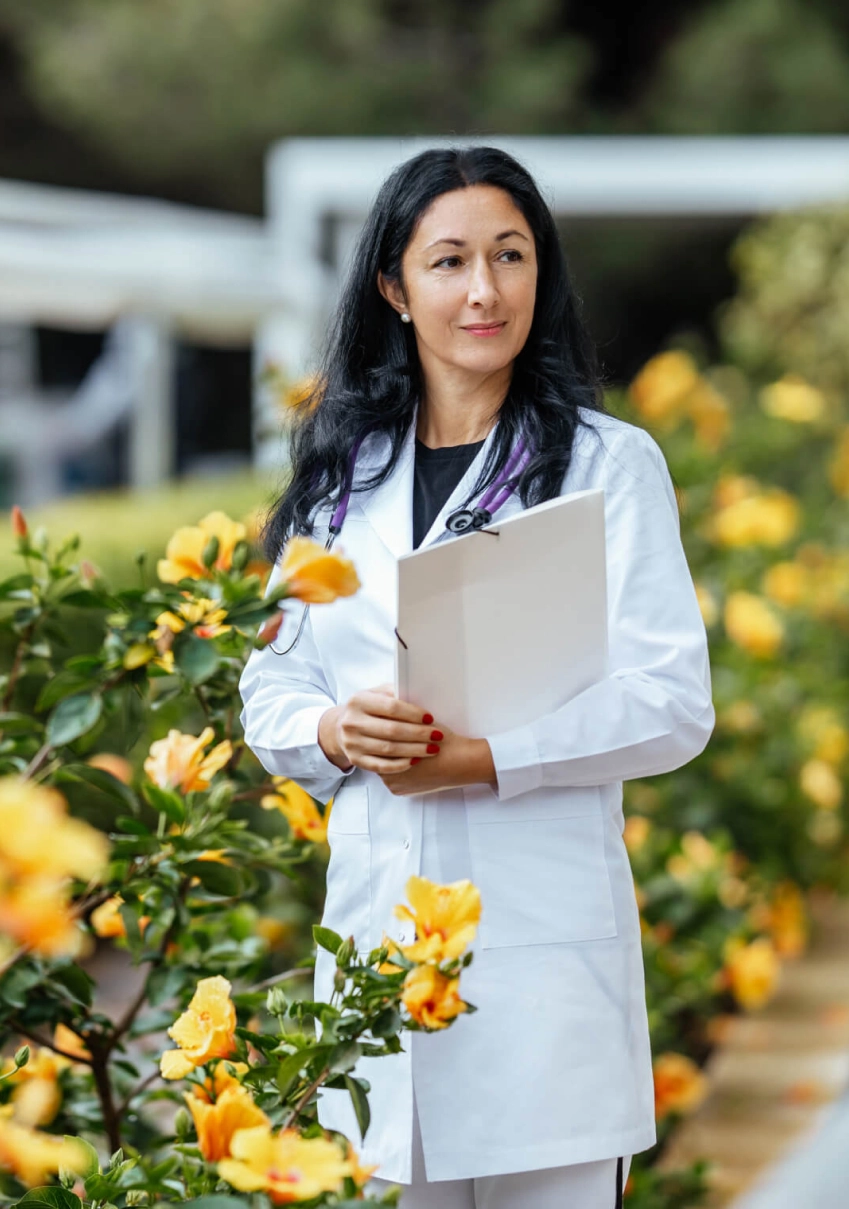
The cost of a course of treatment with a stay in a hotel
- Appointments and consultations
- Creating an individual program
- Conducting personal sessions
- Appointments and consultations
- Creating an individual program
- Conducting personal sessions
Other areas of work of our Center
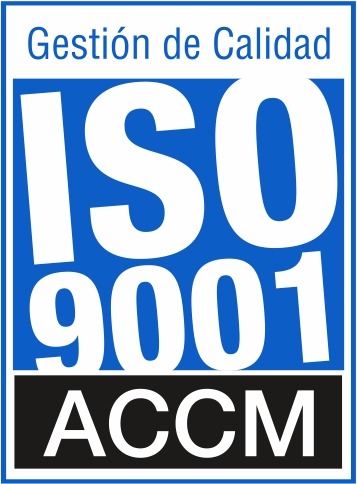






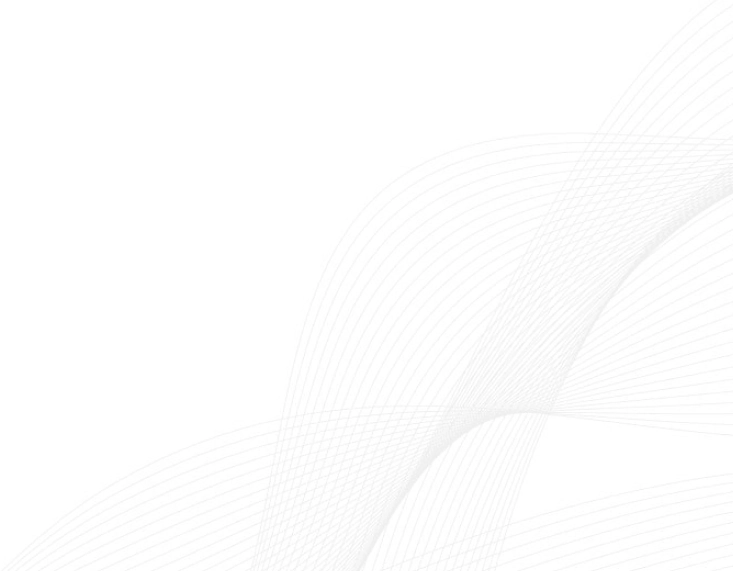
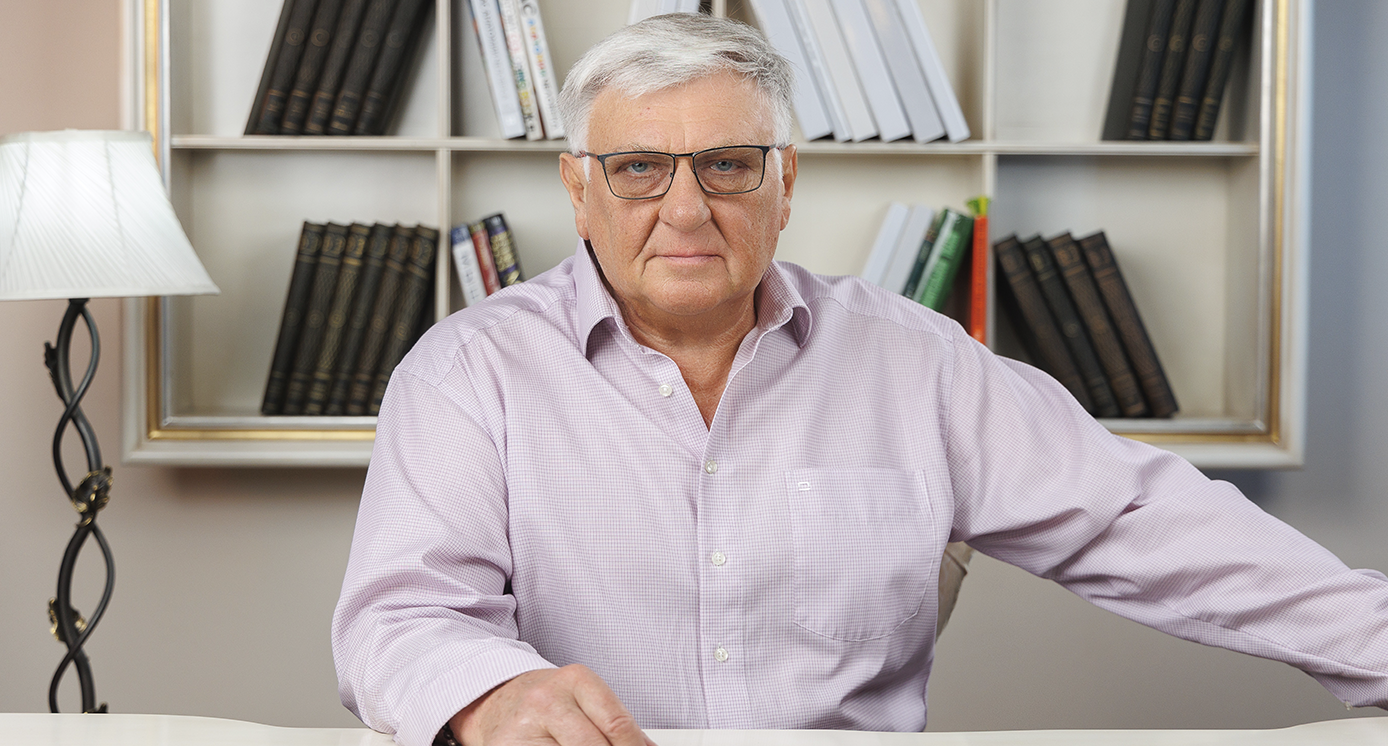
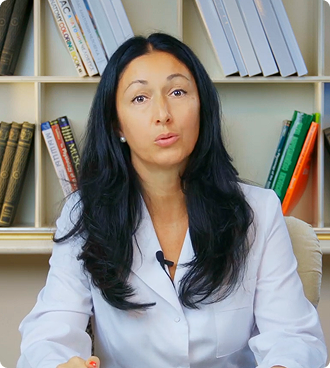
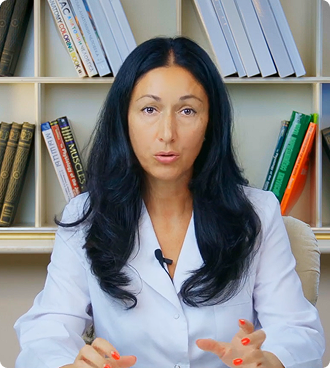
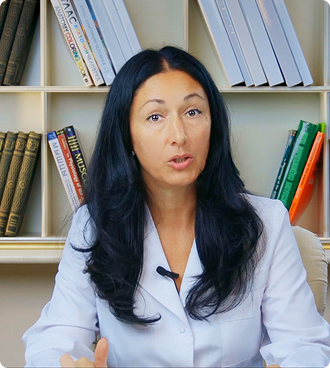
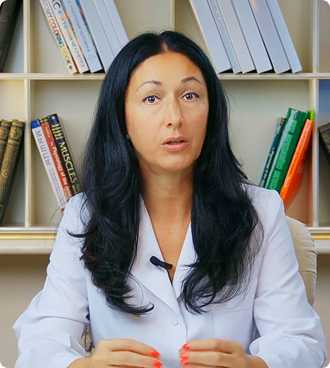
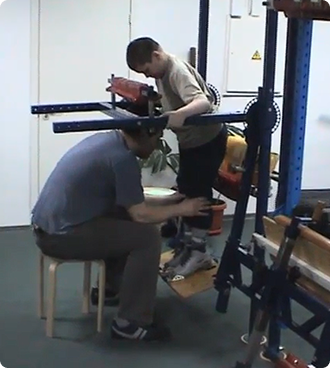


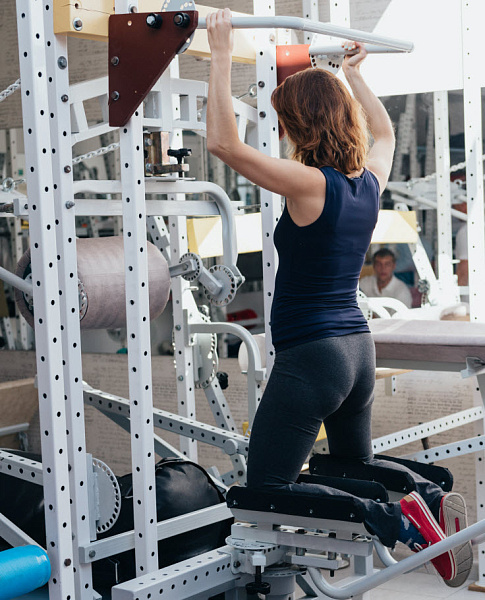
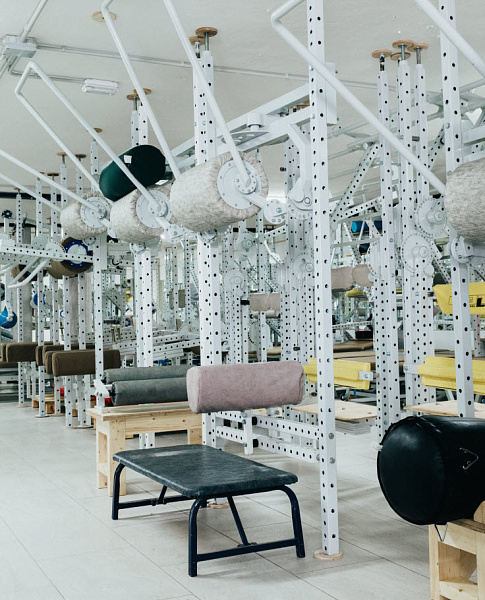

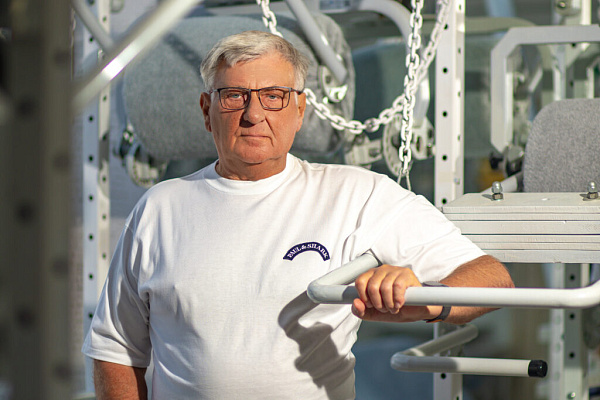
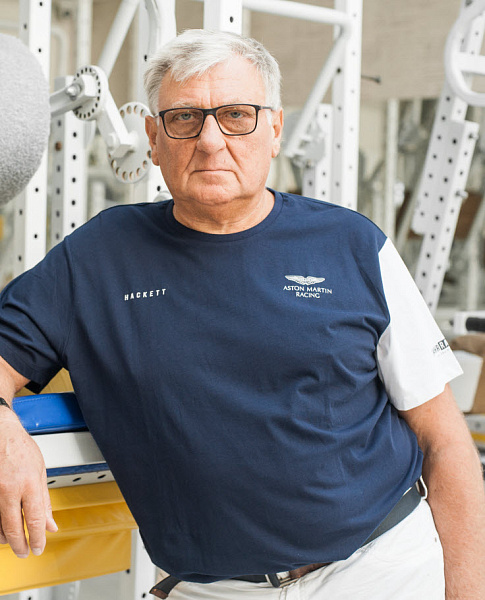
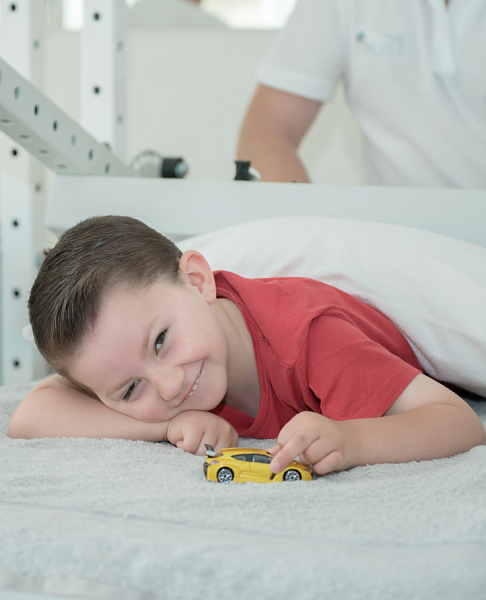
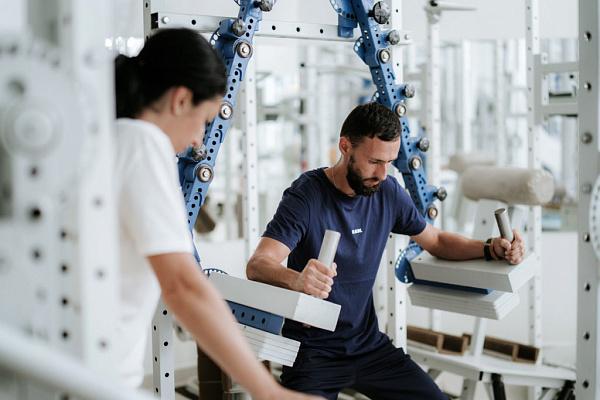
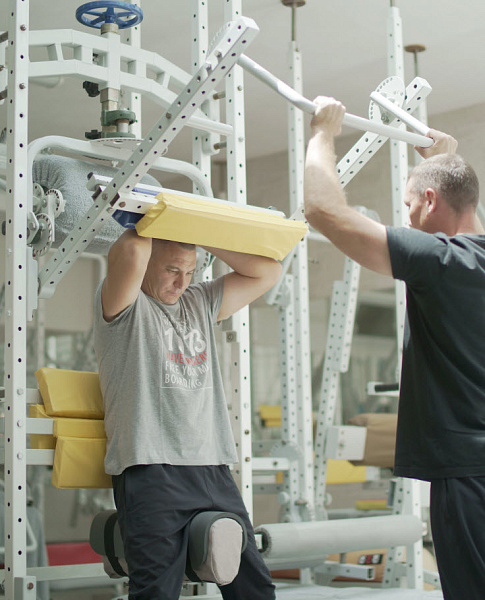
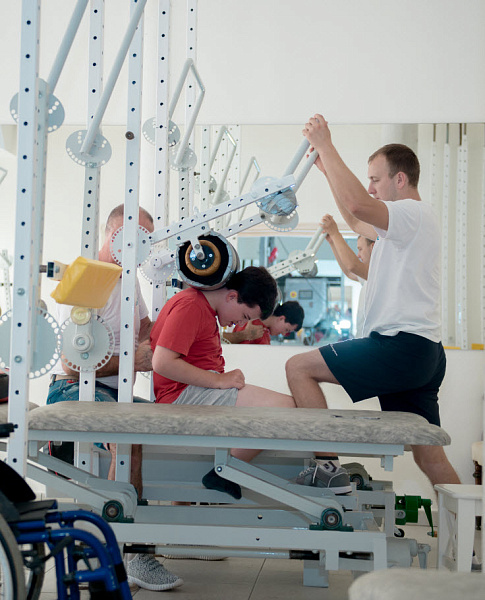
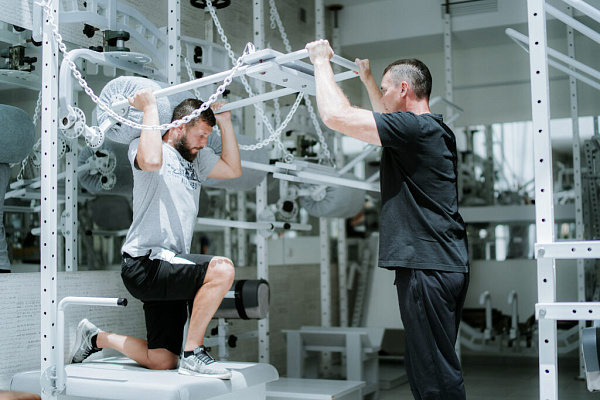
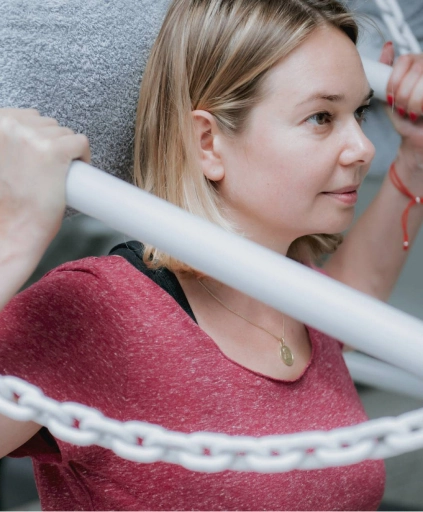
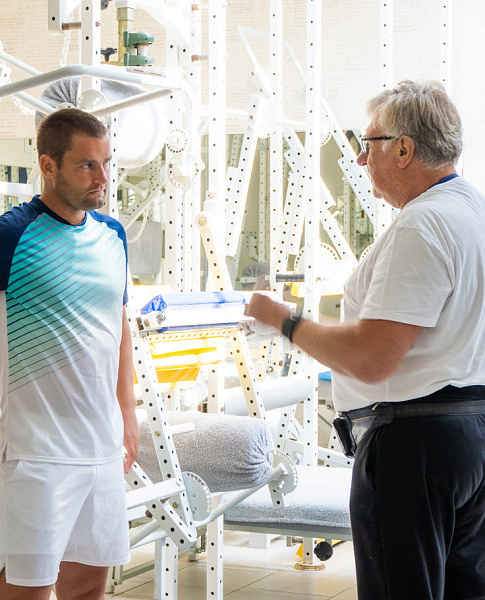

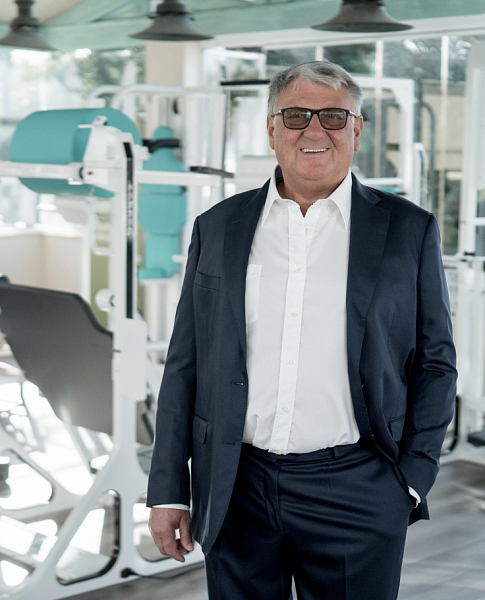

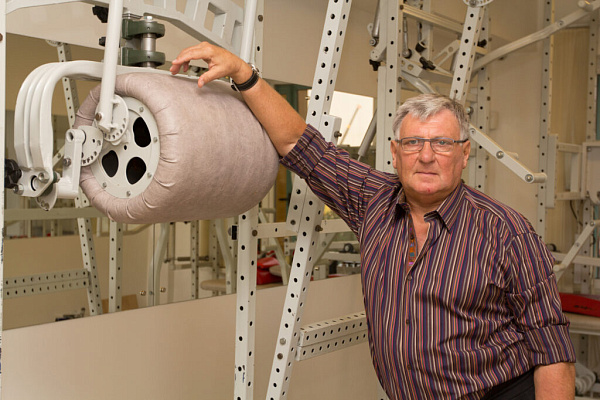
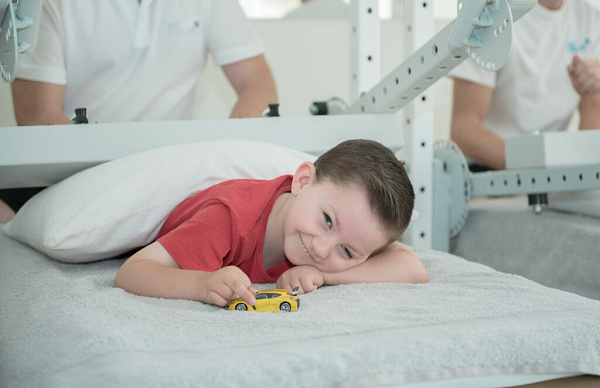
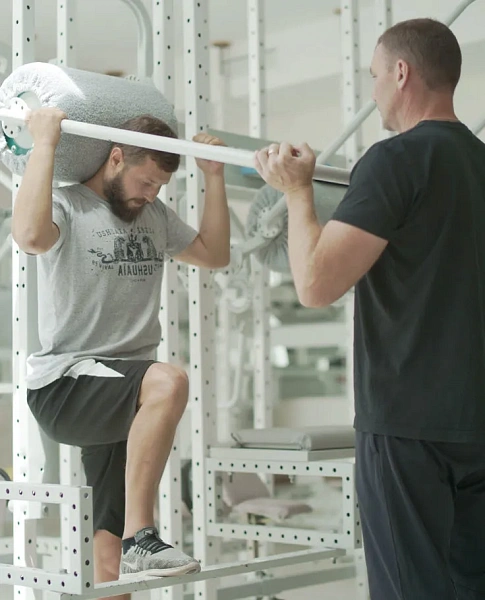
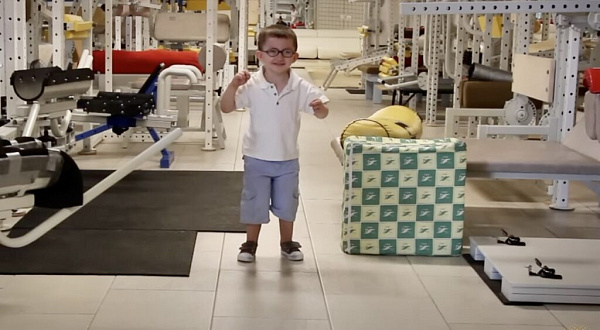
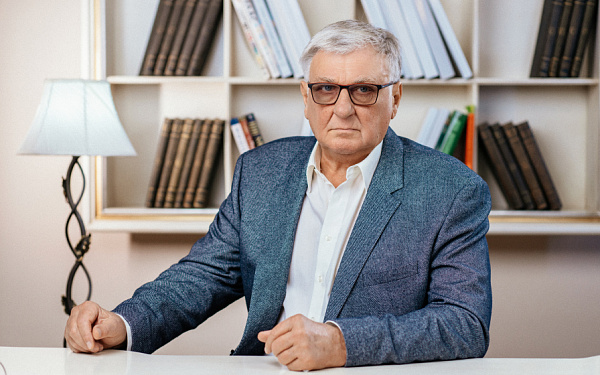
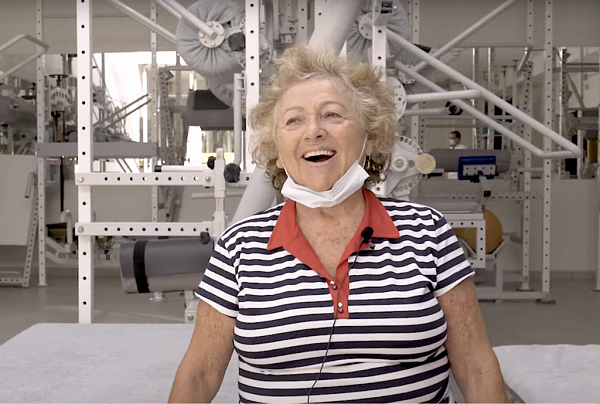

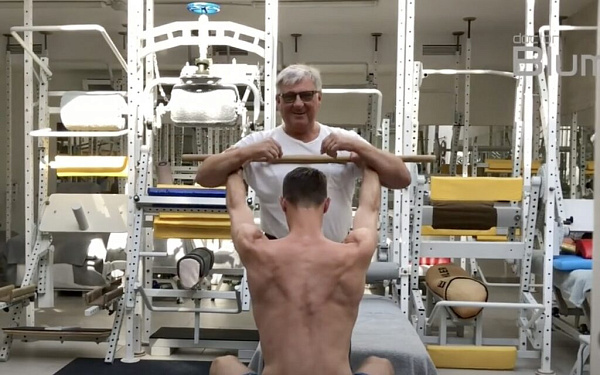
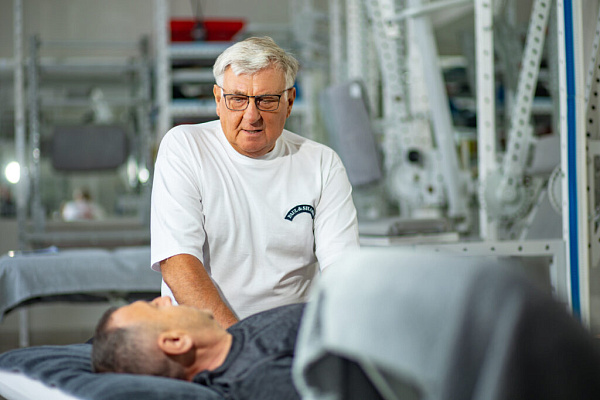

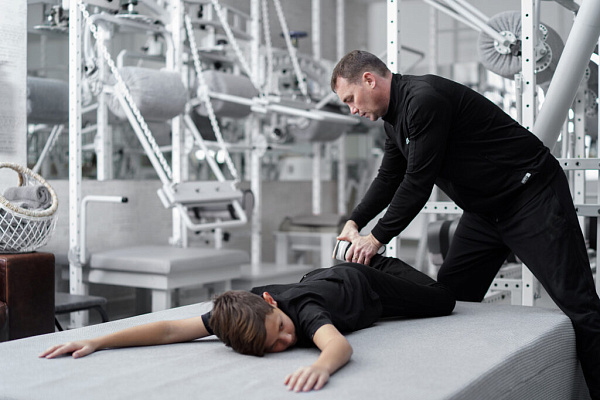

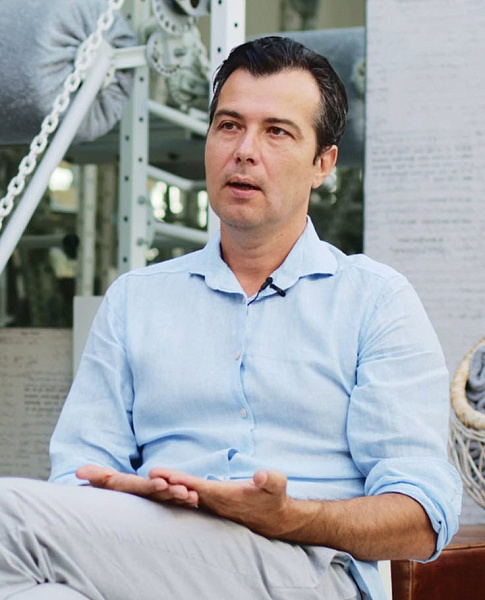
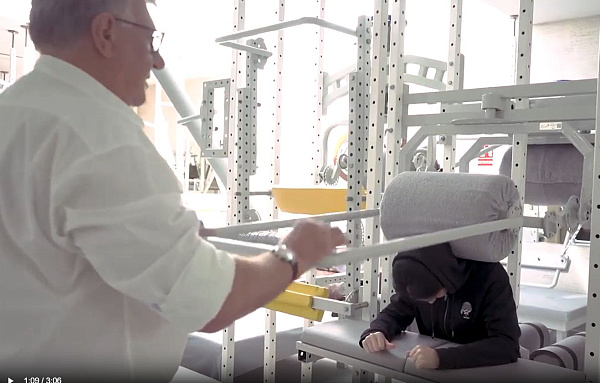
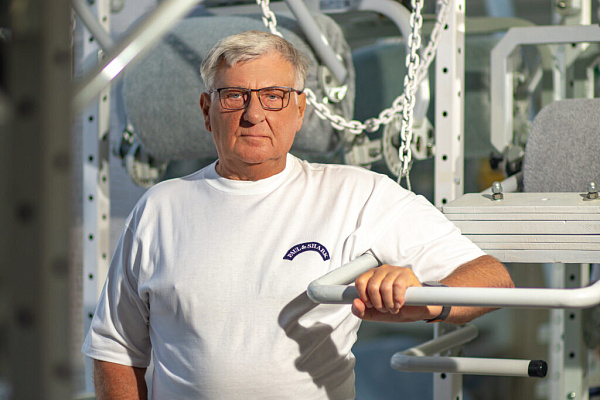
.webp)
